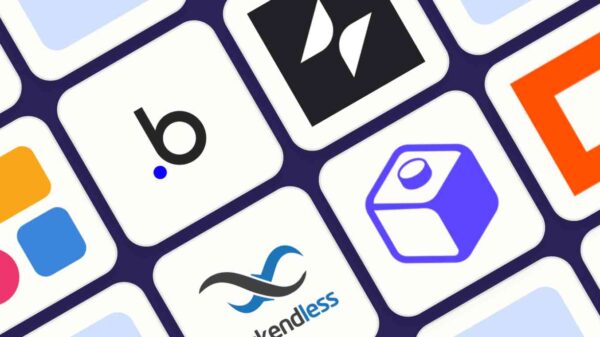Despite the fact that we all use our bank accounts on a daily basis, the majority of us are unfamiliar with how banks operate. How can banks generate money with interest-bearing checking accounts and free ATM services? After all, banks are businesses, and profit is their primary priority.
Let’s get started! Basically, banks don’t make money until they have your money, therefore acquiring and maintaining customers is crucial for them. As a result, they pay sign-up and referral bonuses, waive direct deposit fees, and reward high-value clients. Banks, like any other business, have expenditures and income sources that they strategically use to expand.

1. What is the actual method through which banks generate revenue?
Penalties and recurrent fees are how banks generate money. Loans are, however, their primary source of revenue. The most common ways banks generate money are listed below. Interest on debt is how banks generate money. When you put money in a bank account, the bank utilizes it to make loans to other people and businesses who pay interest. In exchange for holding your deposit, the bank pays you a specific amount of interest.
They do, however, earn more money on loans they make to others than they do on accounts like yours. As a result of this, they profit. For example, your regular checking account may yield you 1% per month, but the bank is utilizing that money (along with cash from other accounts) to issue mortgages at 4%, school loans at 12%, and credit cards at 20%. Banks make a lot of money on apparently modest percentage margins, whether it’s the interest you pay on your mortgage or the income they receive by lending out the money you’ve saved with them.
Big banks may make more than $50 billion in interest alone each year, as well as equal sums from other services and goods. The banking organization makes millions by paying you cents every month.
2. Fees for currency exchange
While swiping your debit or credit card is usually free, you will be charged a transaction or processing fee known as interchange. Banks generate money by charging a portion of your transaction to the merchant’s bank (the merchant being the business where you made the purchase).
This fee, as well as the merchant’s own processing fee, is deducted from the amount of your transaction by the merchant’s bank. For example, in order for your debit or credit transaction to be processed, the coffee shop where you buy your daily coffee may have to pay a transaction fee to the bank. You now have a better understanding of how banks profit. The good news is that there are several options available to assist you with budgeting.
Figuring out which one is the best match is the difficult part. Before making a commitment, don’t be scared to shop around. Even if they provide you a free account, the bank will earn handsomely from your deposits, therefore you have the freedom to bank with anyone you think is proper.





































Pingback: Gold Price Today Nears Rs 53,500 as Rupee Tumbles; Will Yellow Metal Price Hit Lifetime High?